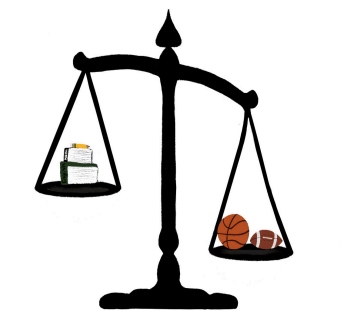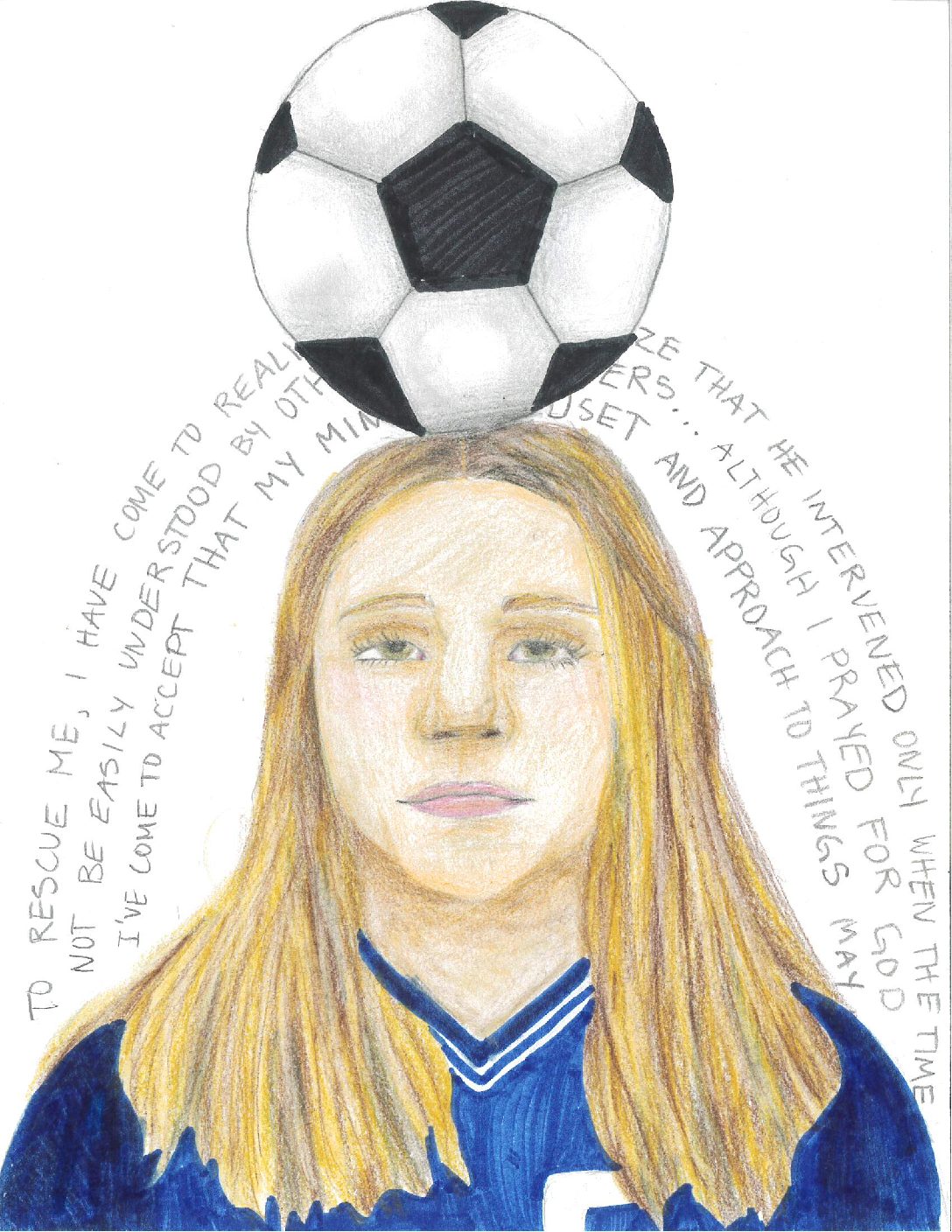
High school sports are changing. A new mentality has started to gain traction in athletic communities: If you’re not chasing a Division I athletic scholarship or planning to play in college, why even play at all?
In the last 10 years, parental influence, social media and the athletic community have only fueled this new, potentially detrimental approach to high school sports. It has become second nature to ask high school student athletes if they plan to compete at the next level.
Among other things, athletes have been led to believe that everyone around them is chasing the almighty scholarship. This recent mindset has opened the door for athletic reclassification — a modern way for players to gain the upper hand in the college recruitment process.
Reclassifying athletes decide to repeat an academic year for the sole purpose of getting a physically advantageous edge on the athletes in the grade they’re reclassifying into. While reclassification may improve a student’s chances of gaining those elusive scholarships, it is often at the expense of their fellow student athletes.
I’d like to highlight that there is a difference between a student retaking a grade level due to a failed class or other academic reasons, and a student deliberately tanking their grades to repeat a year in order to improve their athletic standing.
Reclassification, most common in football and basketball, is particularly prevalent during seventh and eighth grade, when transferring grades is generally easiest to get away with. Athletes are less likely to make the decision to reclassify once high school begins: Grades become more important, friendships have solidified and the bond they have built with their graduating class becomes harder to break.
Another common time to reclassify is before a child starts kindergarten. In this situation, parental decisions are the only driving force of reclassification. Parents will purposefully hold their child back a year before they even start their education in the hopes that, come high school, their “prodigy kid” will have gained an extra year of development to aid them in the recruiting process.
In both of these scenarios, the reason behind reclassifying is almost always to increase interest from college coaches and achieve the end goal of gaining a scholarship to play sports at the collegiate level.
Sadly, the scholarships these athletes are chasing often don’t exist at all, and if they do, there are very few of them. More times than not, colleges and universities will split a single scholarship between five to 10 incoming student athletes, which may result in said scholarship being less than $500 per term.
The unrealistic expectations so common among high school student athletes are further bolstered by seeing their peers reclassifying just to meet those expectations. Reclassification itself is not the problem — the current
state of athletics that caused it is.
As the head football coach at Lewis & Clark College and a Health and Physical Education teacher at Grant High School, Randy Heath has seen the impacts of this new athletic landscape first hand. “I think the whole system is sick right now,” says Heath. “I think it’s absolutely destroying high school sports.”
Of the current climate of high school athletics, Heath says, “Social media has driven it a little bit. I shouldn’t say a little bit — social media has driven it a lot.”
According to Heath, student athletes posting their commitment announcements on social media platforms like X, formerly named Twitter, and Instagram is a “huge driver” in this process. “It has become more import-
ant than the actual playing of the game and competing in the games.”
Some of the blame could be directed towards parents and adults, especially when children reclassify at young ages. “When the first question out of a parent’s mouth is, ‘Can you get my kid a scholarship?’ I think sometimes it’s more of a driving force than the kids,” Heath says. “There are quote–unquote advisors and trainers and all kinds of people that are earning a buck off of kids … promising something they can’t deliver.”
With a sigh, Heath says, “I’m worried about the survival of high school athletics.”
The number one problem with high school sports is how much players, coaches and parents have forgotten what athletics should be. Playing a sport in high school should be about friendships, being part of a community, having fun and learning life lessons. Many people’s current perspective is slowly etching away these goals. In turn, this perspective creates damaging trends such as reclassification.
If we truly wish to alter the current trajectory of high school athletics, we must look inward and reassess our values. What do we really want for the future of youth and high school sports?




